Everything you need to know about specifications and performance - BMW 5 Series 2000 - 530i 24V (231 Hp)
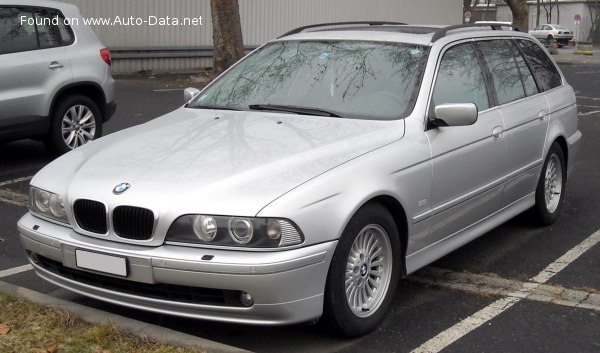
Overview:
What is the engine capacity of a BMW 5 Series 2000?
The engine capacity of the BMW 5 Series 2000 is 2979 cm.
BMW 5 Series 2000 How many horsepower?
The engine power of the BMW 5 Series 2000 is 231 Hp @ 5900 rpm..
What is the BMW 5 Series 2000 engine?
BMW 5 Series 2000 engine is M54B30. (Click to see other cars using the same engine)
How much gasoline does a BMW 5 Series 2000 consume?
The BMW 5 Series 2000 consumes 9.9 liters of gasoline per 100 km
What is the recommended oil for a BMW 5 Series 2000 engine?
The recommended oil for a BMW 5 Series 2000 car engine is 5W-30.
What type of camshaft transmission system is used in a BMW 5 Series 2000 engine?
chain is used to transmit motion.
General:
Engine:
Performance:
Space:
dimensions:
Powertrain, Suspension and Brakes:
See also

Last generation.
Its production began in 2005 until 2007
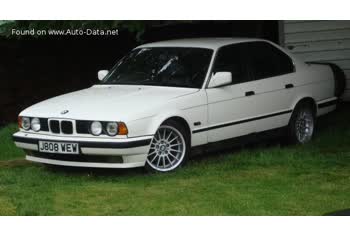
Other generation.
Its production began in 1992 until 1995
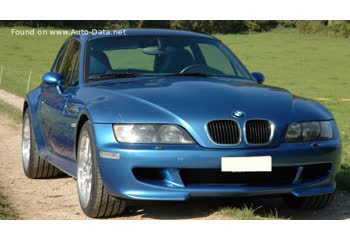
Same engine. (M54B30).
Its production began in 2000 until 2004
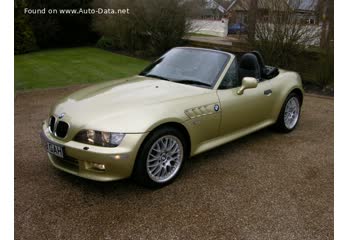
Same engine. (M54B30).
Its production began in 2000 until 2003
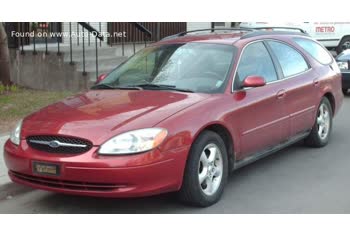
Same production year and almost the same engine capacity.
Its production began in 2000 until 2005
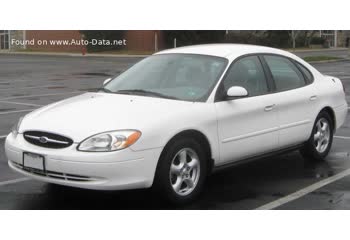
Same production year and almost the same engine capacity.
Its production began in 2000 until 2007
Write a comment